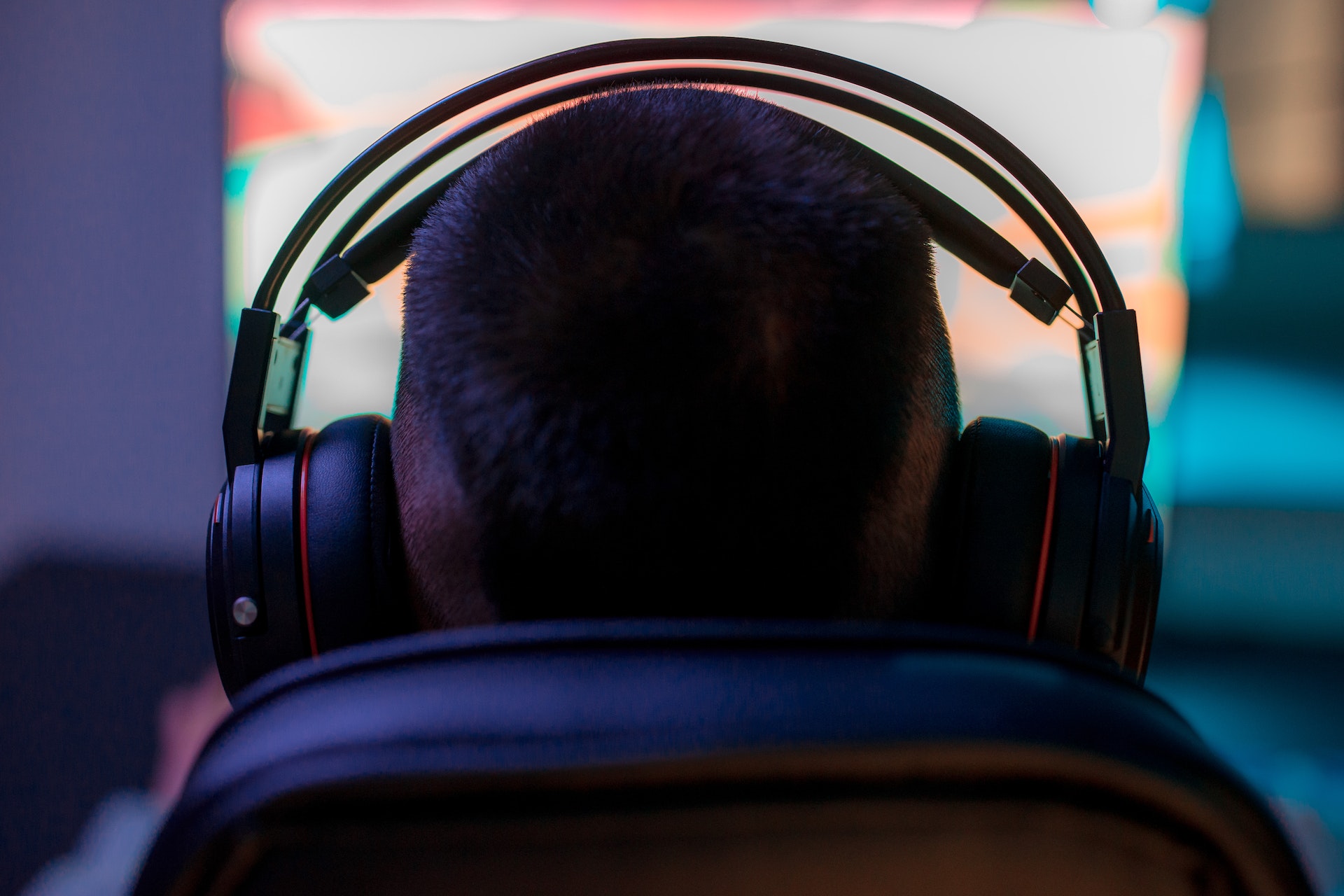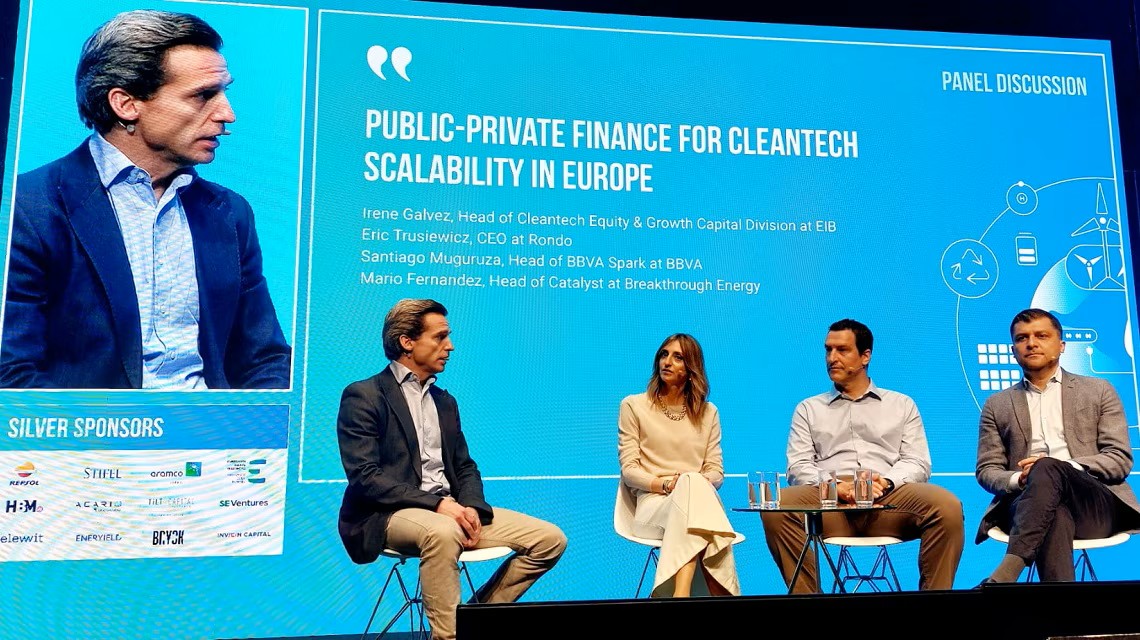Video game dynamics, the secret skill to boost your company’s productivity
Applying video game logic and tools to business has the potential to take a company to the next level. Gamification is a strategy that has already been adopted by some of the world’s largest companies and that in 2021 generated a value of $12.25 billion. From employee training to talent acquisition, there are many areas where it can be a win-win.
Although not yet included in the Dictionary of the Royal Spanish Academy, the term “gamification” (translated into Spanish as “ludificación”) has already been widely used in the business world. Defined as the use of game techniques and dynamics in non-leisure contexts, it promises to increase motivation, teach skills or improve user productivity.
But can a game really help attract and retain talent? Is it possible to boost employee engagement or productivity through playful mechanics? The evidence points to a resounding “yes”: 89% of employees feel more productive thanks to gamification, 78% believe that gamification in the hiring process makes a company more desirable, and up to 95% of workers prefer a gamified work experience.

Applying game logic to come out on top
The global video game market is expected to generate $196.8 billion by 2022 and achieve a 7.67% CAGR between 2022 and 2027, to reach $285 billion. There are now more than 3.2 billion gamers in the world, and the profile of the gamer has also evolved beyond age or gender stereotypes: in Spain, whose video game market is the tenth largest in the world in terms of revenue, women now account for 48% of the audience. 60% of the Spanish population between 25 and 34 years old and almost 40% between 35 and 44 years old play video games on a regular basis.
What makes video games so addictive? How can these elements be transferred to the business environment? For María Tatay, co-founder and CEO of the startup Be Prisma, visualising our evolution and positive reinforcement are some of the keys. “Games have a number of elements that make a process much more fun. They are interactive, they show us our progress, and they give us positive feedback all the time,” she explains. “Gamification is putting the game at the disposal of your business objectives, whether it’s motivating your employees, increasing sales or achieving greater engagement.”

Be Prisma applies ludic elements to areas such as team building, selection processes and performance evaluation. “Gamification in human resources allows you to turn a boring procedure into an experience for the employee, which also enriches the company culture and allows you to collect data to help you improve,” explains Tatay.
Other startups are also committed to innovate through game mechanics at all levels of the company: Argentina’s Nawaiam applies gamification to staff selection with a video game that turns candidates into heroes who must save humanity, while generating a behavioural profile of each of them. Aiwin is a Spanish startup (which has already collaborated with the BBVA Microfinance Foundation) dedicated to creating interactive digital experiences where users are the protagonists of cinematic universes. And some companies in the sector are already playing in the first division: Chile’s Betterfly achieved unicorn status (startups that manage to raise at least $1 billion before going public) with its innovative gamified platform to boost employees’ healthy habits, which translate into social benefits.
Changing the rules: another way of growing and learning
The implementation of these dynamics in the business world grew at a rate of 47.5% until 2019. Up to 70% of Global 2000 companies (the 2,000 largest companies in the world) use gamification, a market that will reach a value of $95.5 billion by 2030, with a compound annual growth rate of 25.6% from 2021.
Some companies that have turned their forays into game mechanics into success stories include Deloitte, which in 2012 teamed up with startup Badgeville (later acquired by SAP) to introduce gamification elements into executive training courses. In 2017, Microsoft developed a Language Quality Game for its employees to help in the translation localisation process, which was joined by more than 4,500 people. And for 30 years, L’Oréal has been using the Brandstorm game to attract young talent, which has evolved into a global competition that brought together 83,000 participants from 65 countries for the 2022 edition.
BBVA developed its first corporate game in 2011 (the BBVA Game) focused on customers. The company’s commitment has continued over time and has focused on internal development, with milestones such as the launch in 2016 of The Ninja Project, aimed at turning employees into digital “ninjas” and which already had more than 9,400 users by 2020.

“The key to success was transforming traditional training into new learning techniques that make employees hardly realise they are learning,” reflects David Hernantes, Chief Product Officer of The Ninja Project. But to get the most out of gamification, he warns, you have to be clear about its purpose: “Some people think that it is only about implementing a points system, when the important thing is to generate dynamics within the products to motivate the user. But if properly understood, it is a tool for the future.”
Other initiatives in the field of gamification, such as the BBVA Campus Wallet – a continuous training model that uses virtual rewards called “B-tokens”- or the learning platform The Camp are based on its collaboration with the talent management applications company Cornerstone OnDemand. “BBVA is using gamification to make people learn in a much simpler, more engaged and easier way,” says Guillermo San Román, Senior Regional Director of Cornerstone Iberia.
“And learning is essential today, not only for individuals but for the survival of companies,” adds San Román. Among the tools that help train employees, he believes, gamification is especially useful because it appeals to our innate characteristics: “Humans are competitive, and from a young age, we are constantly challenging the person next to us and ourselves, looking for new ways to test ourselves.”

What is the next level?
“The pandemic has been a turning point. People are more open to trying these types of tools, because they need other ways to connect with their employees,” explains Maria Tatay, CEO of Be Prisma. The adoption of gamification, she predicts, will also be increasingly valued by employees themselves: “If I have experiences in my leisure time that connect with me, pose a learning curve tailored to my needs and reward me if I do things right, I will demand the same in the work environment.”
Strategically applied in areas such as team upskilling and reskilling training or talent management, gamification has proven to have a positive impact on employee engagement and productivity. “The core objective is to motivate teams,” summarises David Hernantes, CPO of The Ninja Project. “If you do this, that’s when gamification becomes a differential lever.” As a tool with the potential to transform a company’s processes and climate across the board, gamification in business is much more than a game.



